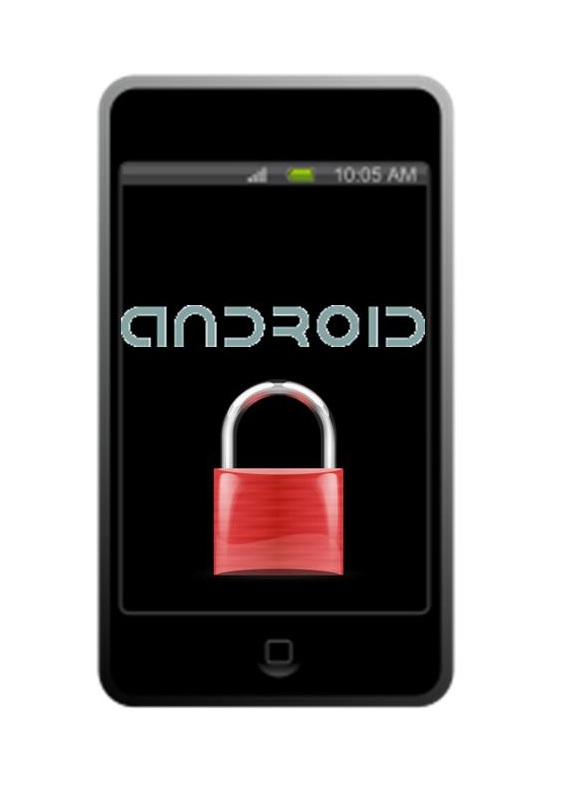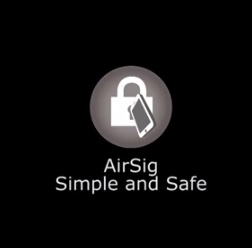Many are looking at the latest version of the operating system as an indicator that Google is serious about safe devices.
As the largest operating system in terms of the number of users, it means that Android mobile security can be one of the biggest challenges as it is one of the most obvious targets by cyber criminals as it provides the largest opportunity in terms of users.
The popularity of attacks and threats on this operating system has been compared to Windows for desktops.
Being the most popular means that Android mobile security needs to be exceptionally high in order to fend off threats. The latest version of the operating system, KitKat, has considerable increased its settings to keep its users safe from malware. Until now, one of the primary problems with the OS is that fragmentation in its ecosystem among the various manufacturers has complicated the standards that it is able to offer. Considering that 79 percent of threats for smartphones and tablets are aimed at Android users, this is a considerable issue.
The fragmentation means that Android mobile security could be different from one device to the next.
 Therefore, the protection on a Samsung device may be quite different from what an LG phone user might have. Therefore, a vulnerability may be addressed on one device, but it doesn’t mean that all of the device versions will corrected. Google is not unaware of this issue and has decided that its latest release, the version 4.4 KitKat, would include a number of security features that are enterprise focused.
Therefore, the protection on a Samsung device may be quite different from what an LG phone user might have. Therefore, a vulnerability may be addressed on one device, but it doesn’t mean that all of the device versions will corrected. Google is not unaware of this issue and has decided that its latest release, the version 4.4 KitKat, would include a number of security features that are enterprise focused.
Although Android mobile security has been increasingly building a reputation for being less powerful than that available through the Apple iOS, Google is highly focused on changing that trend. Although the solution is far from perfect, considering the open source nature of the operating system, the additional options such as in the form of KNOX and SAFE are helping to boost the protection in the devices. At the same time that this effort has been made, Google has also been expanding the reach of the devices based on its operating system beyond traditional mobile markets and into gaming, as well.

 Computer scientists named Pokai Chen and Meng-syun Tsai at the NationalChiao Tung University (NCTU) believe that mobile security’s solution to the password problem is to step back to the time in which the only identification that a person ever needed to provide was his or her signature. They have developed an application that allows a user to log in by drawing something distinct – such as a signature – in the air while holding a smartphone.
Computer scientists named Pokai Chen and Meng-syun Tsai at the NationalChiao Tung University (NCTU) believe that mobile security’s solution to the password problem is to step back to the time in which the only identification that a person ever needed to provide was his or her signature. They have developed an application that allows a user to log in by drawing something distinct – such as a signature – in the air while holding a smartphone.